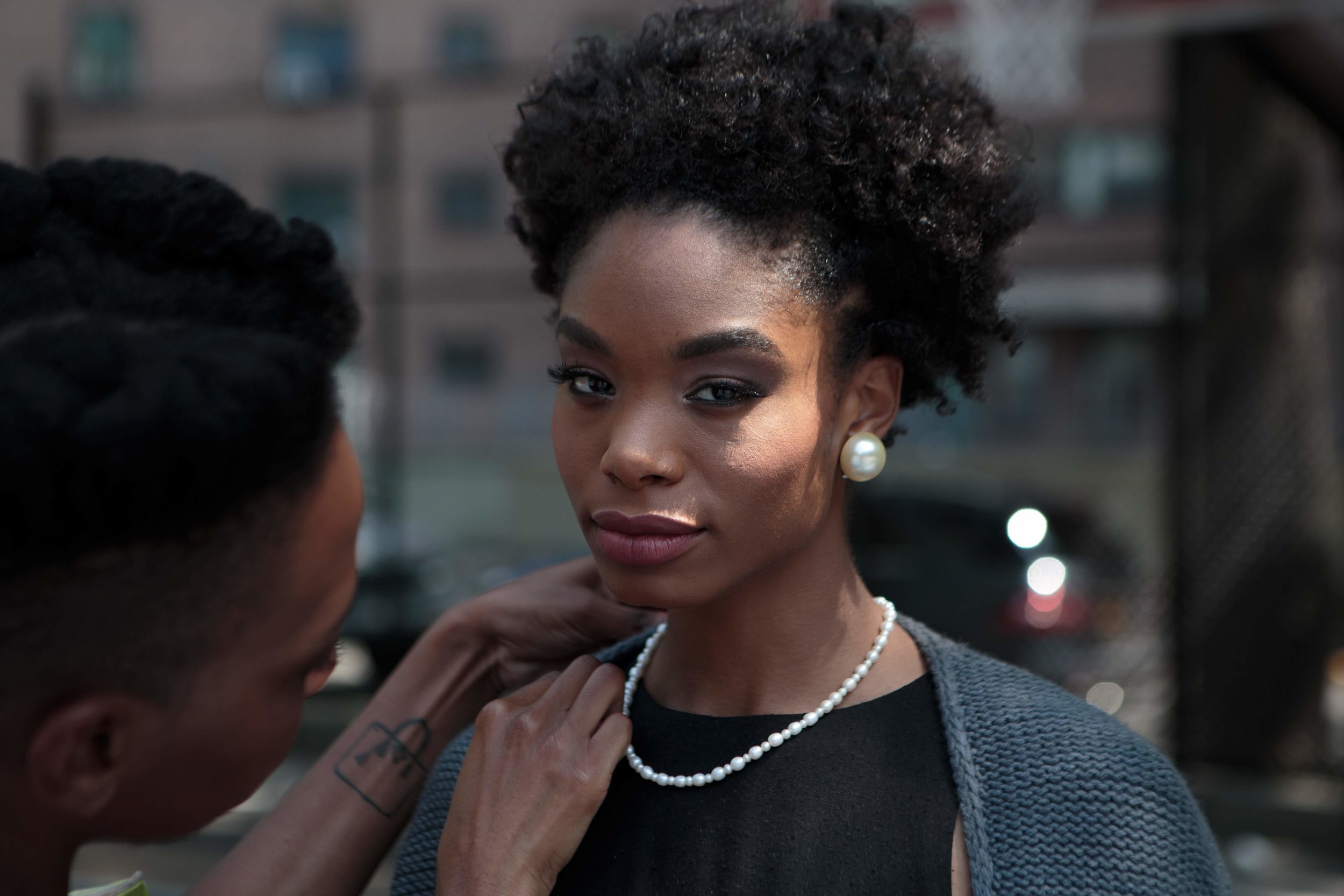Blackness on Black Bodies
A Conditional Concept
Vogue Japan May 2017
It is about time we took a win during Black History Month! Last Monday, the New York City Human Rights Law (NYCHRL) was recently updated making it illegal for “most employers, housing providers, and public accommodations” to discriminate against Black hair. Too many stories have come to light this year describing students, employees, and even young children being forced to change their natural hair, sometimes without their consent… and in public. We have all had that moment in the mirror wondering if our hair was “too much” for this interview or our shape too much for that dress. Will this law illuminate that discomfort completely? Probably not. But this modification to the NYCHRL is just one step in a direction where Black bodies can exist and move as they are. But there are so many other places that force the choice of identity or comfort that are not listed under “most employers, housing providers, and public accommodations” but need continuous updates to their practices. The fashion industry is one of those spaces.
Hair by Scott Jordan
It is no secret that Blackness sells, especially in fashion. It is also not a secret that Blackness sells even when it is not on Black bodies. Our lips, skin, butt, and hair, when disconnected from our bodies and placed on White bodies, becomes iconic and desired. The pictures from Marc Jacobs Spring Summer 2017 show are an alarming example, as non-Black models adorned the stage in multicolored locs. Or last fall, Vogue decided to feature Kendall Jenner with her hair teased, a style accurately aligned in what can only be called an ‘afro attempt’. (Mind you, this was right after Beyonce’s groundbreaking Vogue cover story). This month, designer Mikhael Kale, presented White models with “street braids” at Toronto’s Fashion week. The questions, confusion, and outrage remain the same: Why not hire Black models if one is so inspired by Black hair/culture? The industry is teeming with willing and hardworking people ready to take advantage of the opportunity. Is it laziness, carelessness or cluelessness on behalf of the designer? Black people are not provided the agency or protection to be included in the fashion “trends” that we help popularize but remain monetized and taken advantage of on non-Black bodies. In the wake of NYC’s Human Rights update, it is worth considering other spaces that constrict natural Blackness, especially creative industries such as fashion. How can we continue to advocate for ourselves and support creators who do the same?
Tiffany Hendricks, styled by Luxy
Due to the rising voices of Black people calling it like they see it, the fashion industry has been forced to be held accountable, just as NYC has been forced to protect our hair in public spaces. However, this is just the beginning. Our bodies have been allowed to exist and influence other under conditions that don’t allow us to express, excel, and exist in the same way as non-black folks. Cultural appropriation and discrimination are violent acts. As we celebrate the legal victory in NYC, let us look for other ways to eliminate the inevitable pause and discomfort that comes when we feel we have to compromise our bodies to exist. Although we are taking steps in the right direction, we have much farther to go.



